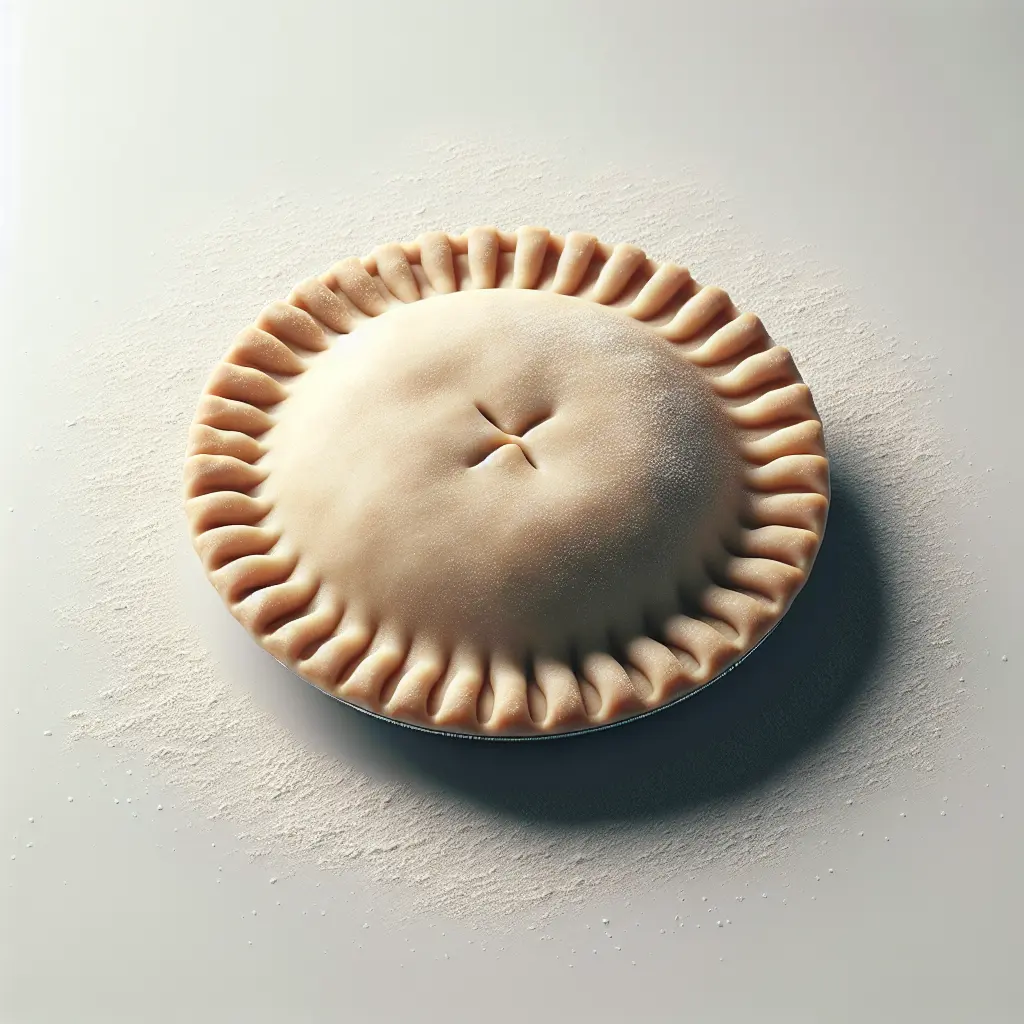Dough: The Culinary Cornerstone
A staple ingredient in kitchens around the world, dough is a versatile and essential component of countless culinary creations. It forms the backbone of everything from simple flatbreads to intricate pastries, providing a blank canvas for endless experimentation and creativity.
Dough is typically made from a combination of flour, water, and a leavening agent. The type of flour used, along with the proportions of the ingredients and the mixing method, determines the final texture and flavor of the dough. Common flour varieties employed in dough-making include all-purpose flour, bread flour, and pastry flour, each imparting unique characteristics to the end product.
Nutritional Profile
Dough is a calorie-rich food, with a single pie crust providing approximately 1019 calories. It is a good source of carbohydrates, with each serving containing 117 grams. Additionally, dough is a moderate source of protein (6.8 grams per pie crust) and fat (58 grams per pie crust). It also contains a significant amount of fiber (4.1 grams per pie crust). Sugar content varies depending on the specific recipe and the type of flour used.
Types of Dough
The diverse world of dough encompasses a vast array of variations, each tailored to specific culinary applications. Some of the most common types of dough include:
-
Yeast Dough: This type of dough is leavened using yeast, which produces carbon dioxide gas during fermentation. The resulting dough is light and airy, with a characteristic chewy texture. It is commonly used in breads, pizzas, and pastries.
-
Chemical Dough: Chemical dough relies on baking powder or baking soda as the leavening agent. These ingredients react with an acidic component in the dough to produce carbon dioxide, creating a lighter texture. Chemical dough is often used in muffins, pancakes, and quick breads.
-
Laminated Dough: This technique involves rolling and folding butter into the dough, creating layers that separate during baking. Laminated dough is known for its flaky, crispy texture and is used in croissants, puff pastry, and Danish pastries.
Culinary Applications
Dough's versatility extends far beyond its role as a bread base. It can be transformed into a wide range of culinary delights, including:
-
Pasta: Dough is the primary ingredient in pasta, a staple food in many cultures. It can be shaped into various forms, from long strands to filled shapes like ravioli and tortellini.
-
Dumplings: Dough can be used to encase fillings, creating dumplings that can be boiled, steamed, or fried. They are popular in cuisines worldwide, with variations such as Chinese dumplings, Polish pierogi, and Italian ravioli.
-
Wraps: Dough can be rolled out into thin sheets and used as wraps for fillings such as meat, vegetables, and cheese. Wraps are a convenient and portable meal option, enjoyed in various cuisines.
Conclusion
Dough is a culinary cornerstone, providing the foundation for countless culinary creations. Its versatility, adaptability, and ability to transform into a multitude of shapes and flavors make it an indispensable ingredient in kitchens around the globe. Whether used as a simple flatbread or a complex pastry, dough continues to inspire culinary exploration and delight taste buds worldwide.
How many calories are in Dough?
Each 1 pie crust of Dough contains 1019 calories.
Dough Nutritional Information
| Nutrient | Amount per 1 pie crust (229g) |
|---|---|
| Calories | 1019 Calories |
| Protein | 6.8g |
| Fat | 58g |
| Saturated Fat | 22g |
| Cholesterol | mg |
| Carbohydrates | 117g |
| Dietary Fiber | 4.1g |
| Sugar | g |
| Sodium | 0.937mg |
| Potassium | 0.1672mg |
| Calcium | 0.023mg |
| Iron | 0.0023mg |
